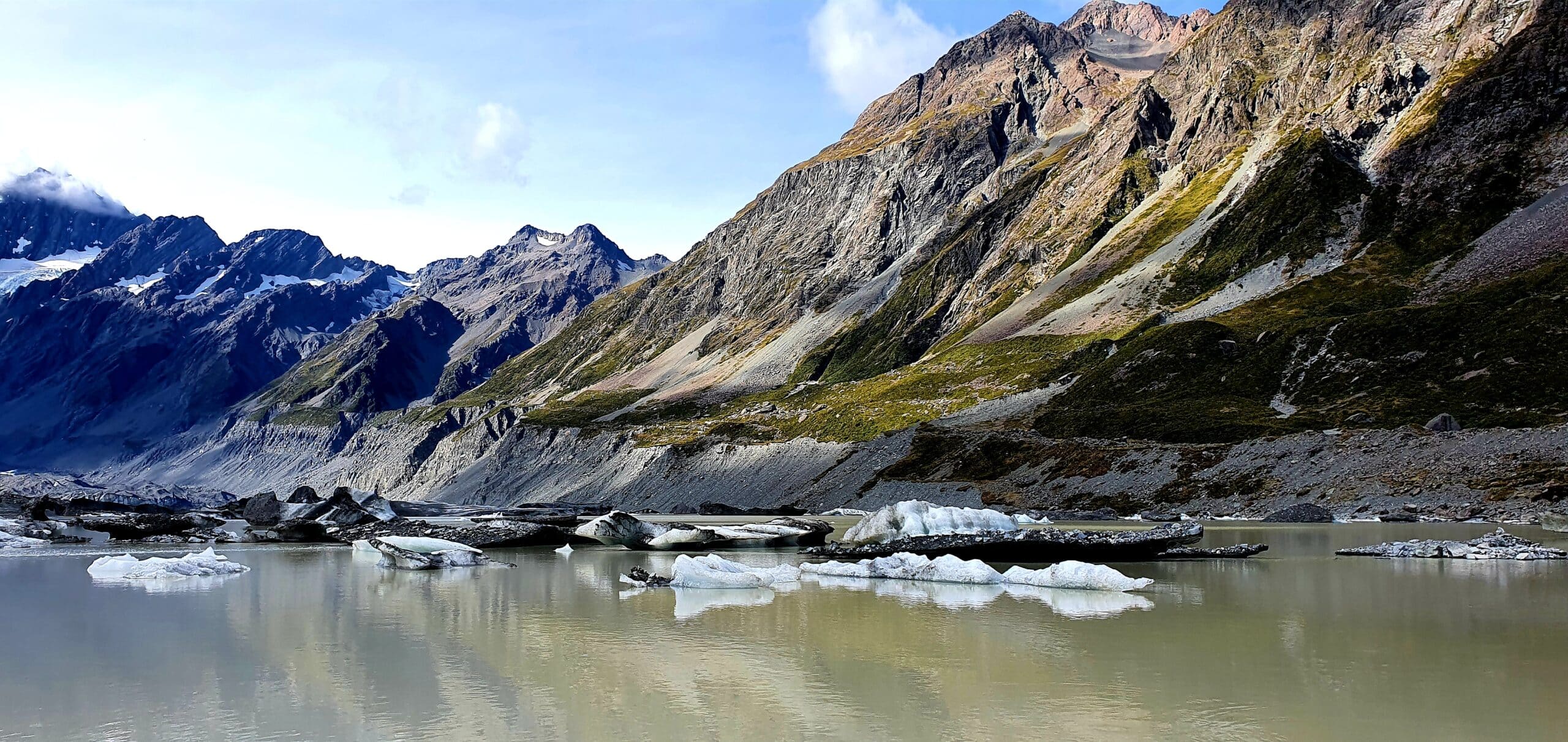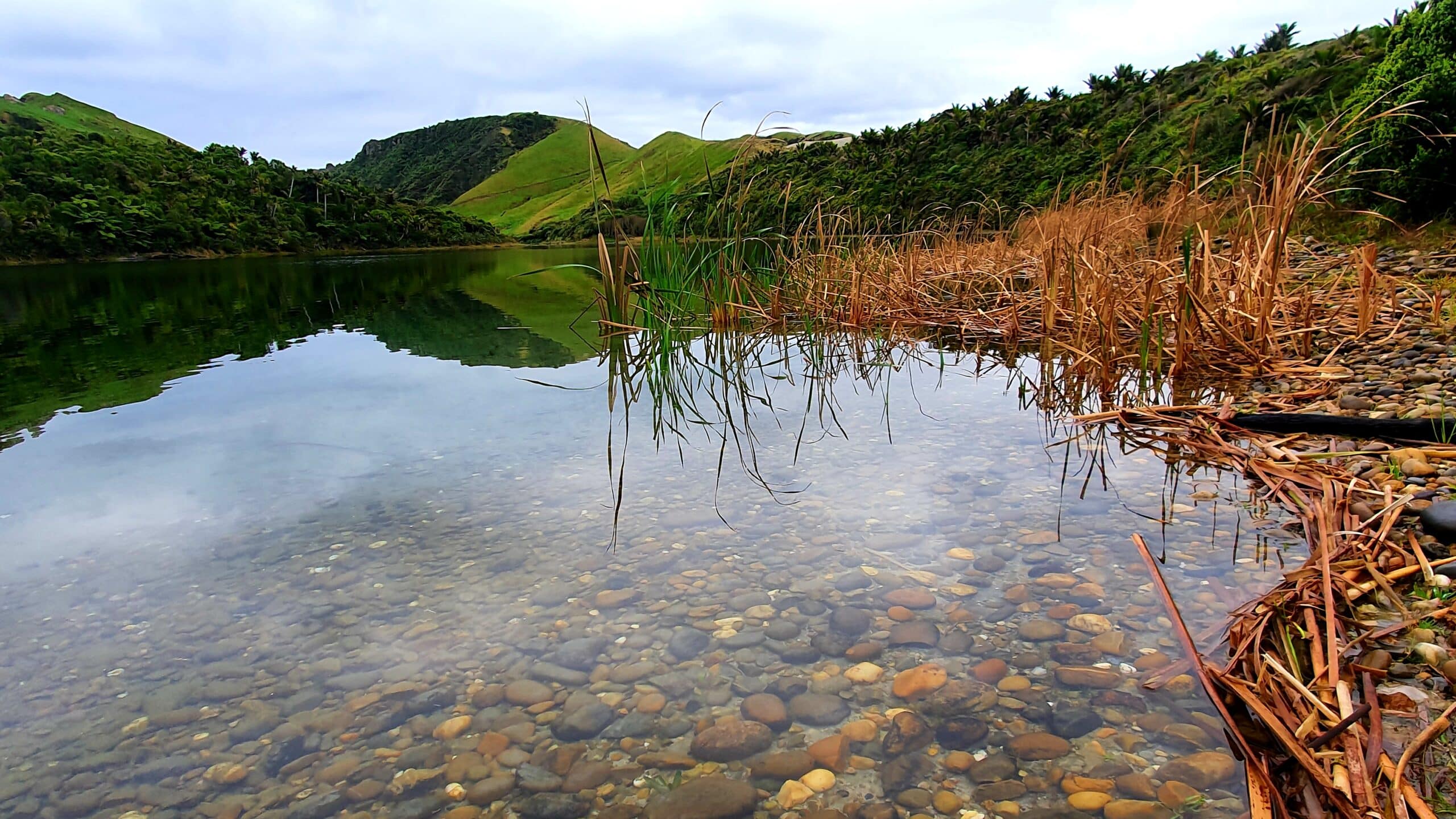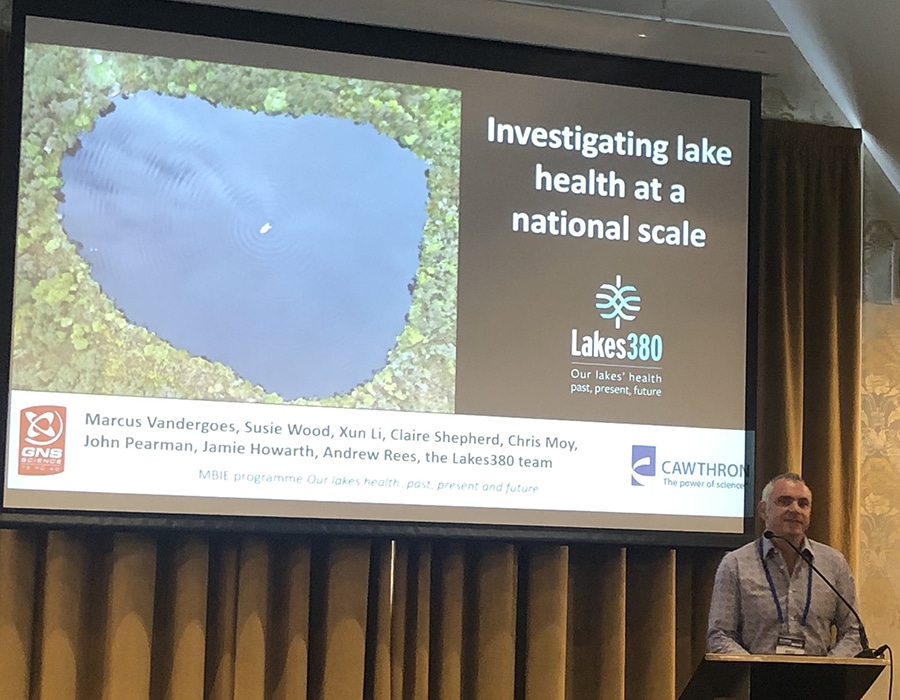, , , , , , et al. (2024). Global lake health in the Anthropocene: Societal implications and treatment strategies. Earth’s Future, 12, e2023EF004387. https://doi.org/10.1029/2023EF004387
Abstract
The world’s 1.4 million lakes (≥10 ha) provide many ecosystem services that are essential for human well-being; however, only if their health status is good. Here, we reviewed common lake health issues and classified them using a simple human health-based approach to outline that lakes are living systems that are in need of oxygen, clean water and a balanced energy and nutrient supply. The main reason for adopting some of the human health terminology for the lake health classification is to increase the awareness and understanding of global lake health issues. We show that lakes are exposed to various anthropogenic stressors which can result in many lake health issues, ranging from thermal, circulatory, respiratory, nutritional and metabolic issues to infections and poisoning. Of particular concern for human well-being is the widespread lake drying, which is a severe circulatory issue with many cascading effects on lake health. We estimated that ∼115,000 lakes evaporate twice as much water as they gain from direct precipitation, making them vulnerable to potential drying if inflowing waters follow the drying trend, putting more than 153 million people at risk who live in close vicinity to those lakes. Where lake health issues remain untreated, essential ecosystem services will decline or even vanish, posing a threat to the well-being of millions of people. We recommend coordinated multisectoral and multidisciplinary prevention and treatment strategies, which need to include a follow-up of the progress and an assessment of the resilience of lakes to intensifying threats. Priority should be given to implementing sewage water treatment, mitigating climate change, counteracting introductions of non-native species to lakes and decreasing uncontrolled anthropogenic releases of chemicals into the hydro-, bio-, and atmosphere.




